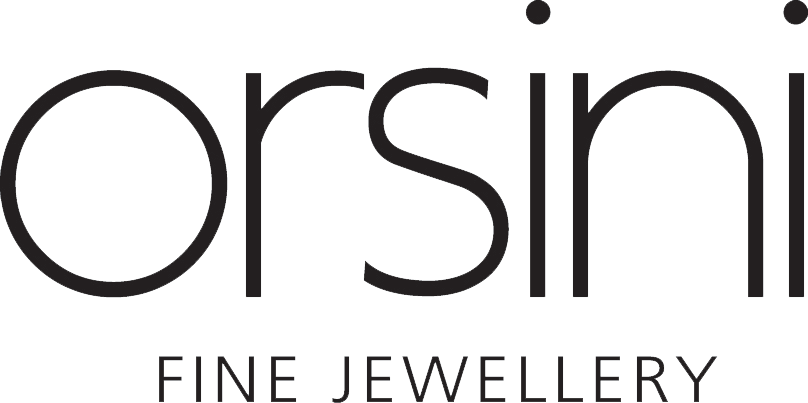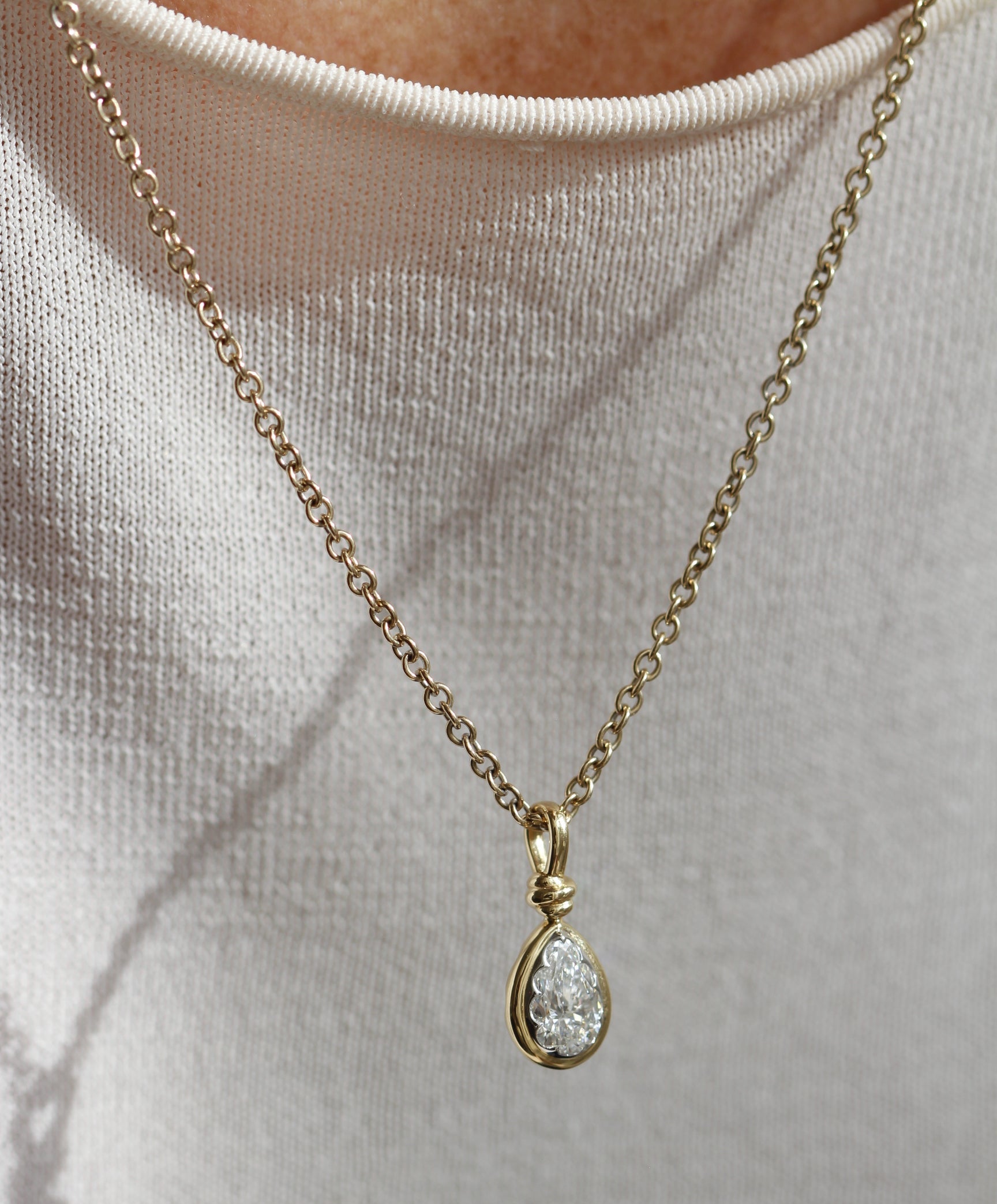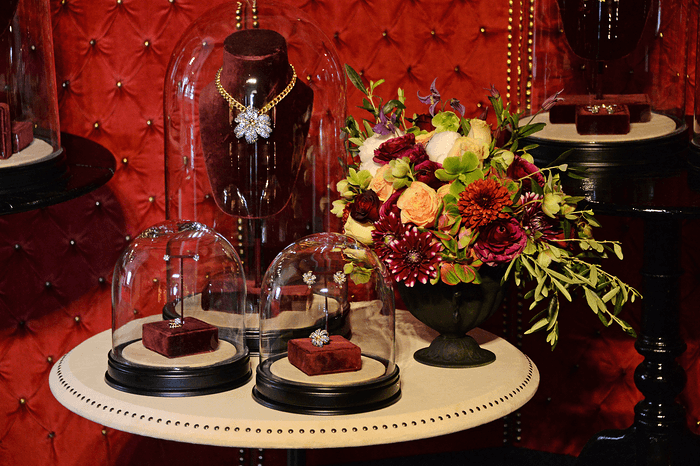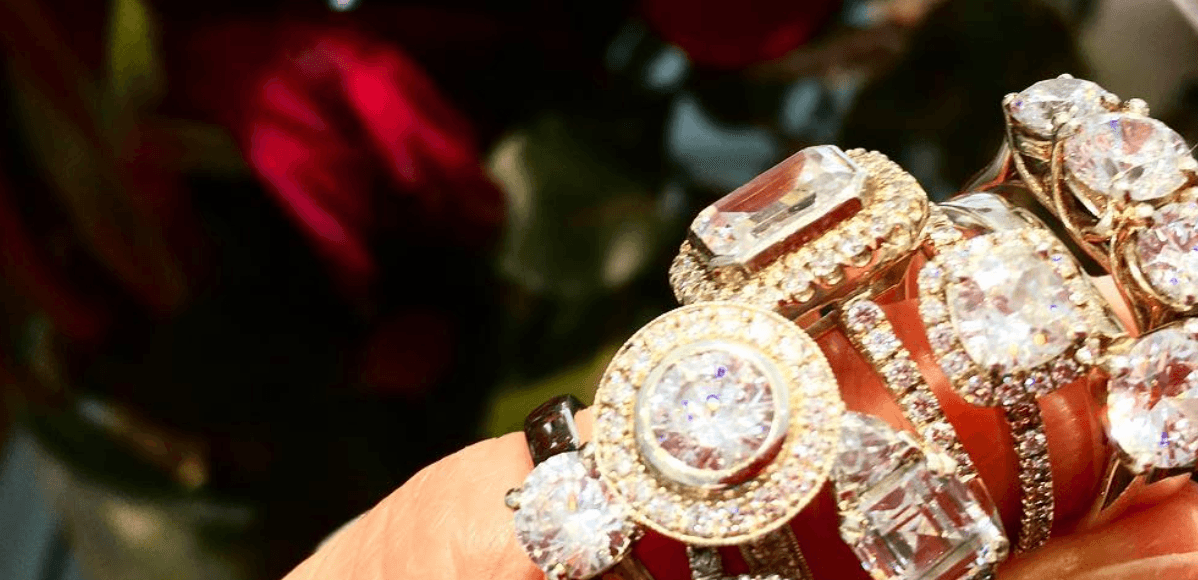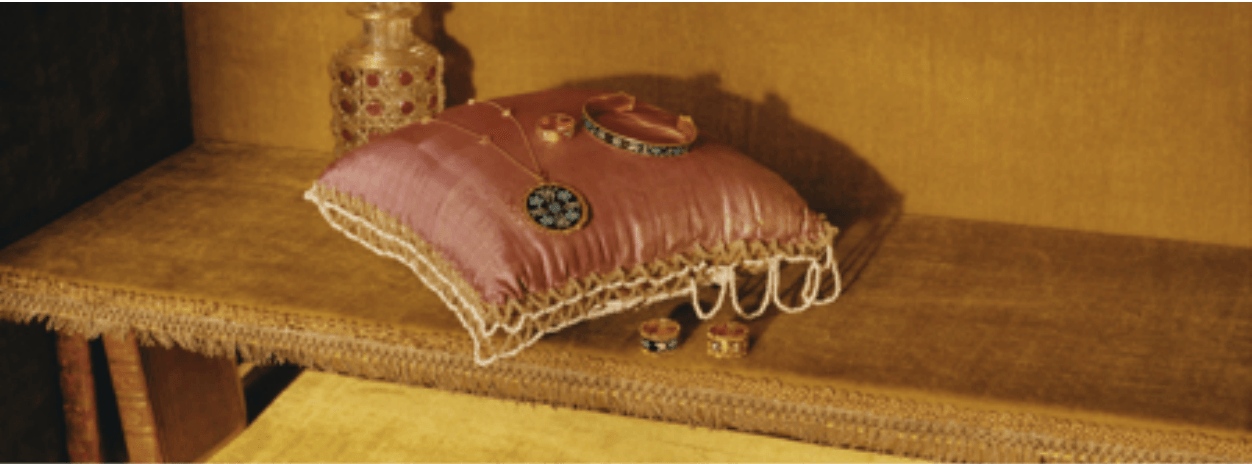
The House of Gucci
Gucci was founded by Florentine Gucci Guccio in 1921. As an immigrant hotel worker in Paris, and porter at the Savoy in London, young Guccio was impressed with the luxurious luggage with monogrammed trunks and crested suitcases that were the measure of the guests' wealth at the time. Upon returning to Florence, a city distinguished for high-quality materials and skilled artisans, he established a shop in 1920 that sold classical fine leather goods.
Although Gucci organized his workrooms for industrial methods of production, he maintained traditional aspects of fabrication. Initially, Gucci employed skilled workers in basic Florentine leather crafts, with attention to the finish. He then expanded his production. Together with three of his sons, Aldo, Vasco, and Rodolfo, Gucci expanded the company to include stores in Milan and Rome as well as additional shops in Florence. Gucci's stores featured finely crafted leather accessories, focusing on handbags, shoes, and his iconic Gucci loafer. He also had a collection of silks and knitwear in a signature pattern.
The Gucci company made canvas handbags instead of leather during World War II due to material restrictions. The canvas had the signature double-G symbol combined with prominent red and green bands, which has become synonymous with the Gucci brand. The Gucci crest, which has the shield and armoured knight surrounded by an inscribed ribbon, became associated with the city of Florence.
The Gucci company further expanded in 1953 by establishing offices in New York City. Film stars and international social jet setters travelled the world, including Italy, during the 1950s and 1960s. They brought their glamour to Florence, turning Gucci's merchandise into international status symbols. Movie stars posed in Gucci's clothing, accessories, and footwear for lifestyle magazines around the world, contributing to the company’s growing reputation.
Today Gucci’s lifestyle items extend from shoe to handbags, children’s clothing, fashion clothing collections, leather wear, shoes, belts, small leather goods, costume & fine jewellery, and Gucci fragrances. They are often opulent, artistic and uber glamorous. The brand’s artisan quality and unparalleled design can be seen in each and every article; the Gucci scripted signature or GG logo is a discrete or sometimes prominent mark on every item as well. The fusion of Gucci’s past and present, history and modernity, is self-evident. These characteristics are what make Gucci so famous, making it one of the world’s most successful manufacturers of high-end leather goods, clothing, and other fashion products.
The brand is now internationally synonymous with high fashion, ‘stilo italiano’ Italian style, glamour, traditional craftsmanship and lately a growing awareness of global consciousness.
Gucci Key Timeline
1881: Guccio Gucci is born in Florence.
1897: He finds work as a porter in the Savoy Hotel, London.
1902: He returns to Florence and joins the leather manufacturer Franzi. He marries a dressmaker, Aida Calvelli.
1905 to 1912: Sons Aldo, Vasco and Rodolfo are born to Guccio and his wife, Aida.
1921: Gucci’s first store opens in Florence on Via Vigna Nuova and then Via del Parione.
1930’s: As a result of a League of Nations embargo against Italy during the war, Gucci finds alternatives to imported leather and other materials. It develops a specially woven canapa from Naples, printed with the first signature print — a series of small, interconnecting diamond patterns in dark brown on a tan background. Gucci’s first successful suitcases are made from it.
1938: The Rome store opens on Via Condotti.
1947 to 1948: Production of leather goods resumes after World War II. Aldo Gucci introduces the pigskin, which becomes a signature house material. One of the innovations to emerge from this time was burnishing cane to create the handle of the bamboo bag, inspired by the shape of a saddle.
1948: Maurizio Gucci is born to Rodolfo and Alessandra.
1951: Rodolfo opens the first store in Milano, on the famous Via Montenapoleone. The next step in iconic development came in the form of the green-red-green web stripe that adorned many items from the 1950’s. The green-red-green web becomes a hallmark of the company around this time.
1953: Gucci becomes a pioneer of Italian design in America when Aldo opens the first American store in the Savoy Plaza Hotel on East 58th Street in New York.
The Gucci loafer with the distinctive metal horse bit is created. Aldo launched the Gucci loafer in 1953, it soon become synonymous with the 'Jet Set', a group of privileged and wealthy Europeans, and also with Hollywood royalty.
Guccio Gucci dies at age 72.
1955: The house’s crest becomes a registered trademark.
1960: The New York store moves to a Fifth Avenue address next to the St. Regis Hotel at 55th Street.
1961: Stores open in London & Palm Beach.
The hobo shoulder bag that the first lady Jacqueline Kennedy favoured is renamed the Jackie Bag. Around this time, the GG logo is applied to canvas and used for bags, small leather goods, luggage and the first pieces of clothing.
1963: The first Gucci store opens in Paris.
1966: Gucci commissions an artist ‘Vittorio Accornero’ to create the Flora print design as a personal request by Princess Grace of Monaco, which is created into the iconic Flora silk scarf.
1972: Maurizio Gucci, son of Rodolfo, goes to work with his uncle Aldo in New York, until 1982. A store dedicated to Gucci clothing opens at 699 Fifth Avenue in New York. The other Gucci store at 689 Fifth Avenue focuses on shoes, bags, luggage & accessories.
1975: The first Gucci fragrance launches.
1981: Ready-to-wear parades for the first time at the Florentine fashion shows at the Sala Bianca, playing heavily on the Flora print.
1982: Gucci gets the legal SpA designation; leadership eventually passes to Rodolfo Gucci.
1985: The iconic Gucci loafer with the horse bit hardware becomes one of the permanent displays on show at the Costume Institute at the Metropolitan Museum of Art in New York City.
1989: The Anglo-Arabian holding company Investcorp purchases 50 percent of Gucci shares. The fund lures Dawn Mello, then president of Bergdorf Goodman, to revitalize the brand.
1990: Tom Ford is hired to oversee the women’s ready to wear collection.
1993: Maurizio Gucci transfers his shares to Investcorp.
1994: Tom Ford is appointed creative director. His first collection, for fall 1995, focuses on jet-set glamour. This strategy is a critical and commercial success and puts the label back at the forefront of fashion.
1995: Domenico De Sole, previously chief executive officer of Gucci America Inc., is appointed Gucci Group’s CEO. He reverses a decade of overexposure of the brand.
Maurizio Gucci is gunned down by a hit man commissioned by his ex-wife.
1990’s: Tom Ford’s collection of white cut out jersey dresses fastened with abstract horse-bit belts sets the house’s look ‘sexy, sleek, glamourous & modern’ and consequently attracts a mass following by Hollywood actors and actresses.
1997: Gucci acquired a watch license, Severin-Montres, and renamed it Gucci Timepieces.
1999 to 2000: The Jackie bag was relaunched by Tom Ford in many colours and styles, triggering a huge and sustained response. It opens the era of the Gucci “It” bag.
François Pinault of strategic investment firm PPR starts amassing a portfolio of luxury brands, including Gucci.
2002: Frida Giannini, previously from Fendi, joins Gucci, contributing to a bold reinventions of house signatures as part of Ford’s design team.
2005: Giannini is appointed creative director of women’s ready to wear collection following her successful relaunch of the Flora print as a bag collection.
A long-term partnership with UNICEF supports women’s and children’s programs in Africa and Asia. The annual Gucci Campaign to Benefit UNICEF supports education, healthcare, protection and clean water programs for orphans and children affected by HIV/AIDS in sub-Saharan Africa.
2006: Gucci has worked closely with Martin Scorsese's The Film Foundation to fund the digital restoration of cinematic masterpieces. The House is committed to adding one film each year to the growing collection of titles.
2007: The European Business Press Federation named Gucci “European Company of the Year 1998” and the Nielsen Company dubbed the label the most desirable luxury brand in the world.
2008: Gucci opens the New York global flagship in Trump Tower on Fifth Avenue. The company celebrates with an event co-hosted by Giannini and Madonna — “A Night to Benefit Raising Malawi and UNICEF.”
2009: Patrizio di Marco, head of group-owned Bottega Veneta, joins Gucci as president & CEO. Flora by Gucci, launches and the iconic Jackie bag is given a modern interpretation and dubbed the New Jackie Bag. The bag is ladylike and timeless, and meant to be carried for years.
2010: A sporty, contemporized version of the Bamboo bag is launched, the New Bamboo.
Gucci makes a commitment to ensuring its packaging is recyclable; a sensitivity to the environment in keeping with the brand's heritage of quality and excellence.
2011: The company celebrate its 90th anniversary.
The Gucci Museo opens in Florence, situated in the 14th century Palazzo della Mercanzia on Piazza della Signoria. The museum collection covers three floors of the palazzo, and is arranged not by year but by theme.
2013: Activist Lydia Emily is commissioned to paint a mural on Skid Row, Los Angeles of a woman named Jessica, who is a survivor of human trafficking. She currently works for the Mary Magdalene Project – an organization which has been helping women leave the sex industry since 1980.
The "Chime for Change" campaign works to further the global campaign for girls' and women's empowerment. Gucci has funded over 210 projects in 81 countries through this initiative.
Beyoncé Knowles works with Salma Hayek and Frida Giannini on the campaign that aims to spread female empowerment. A concert in London raised over $130,000.
2014: Marco Bizzarri is appointed CEO of the brand.
2015: Alessandro Michele becomes Gucci's Creative Director. He is responsible for all of Gucci’s collections and global brand image.
Eclectic, romantic, and above all contemporary, Gucci is currently inventing a wholly modern approach to fashion and thereby redefining luxury for the 21st century.
Gucci Fine Jewellery is proudly developed, handcrafted by highly skilled goldsmiths, and manufactured in Italy.
Orsini Fine Jewellery NZ is very honoured to stock new jewellery collections from Gucci, featuring shimmering gemstones, precious metals and the iconic double G designs. Visit our store in Parnell, Auckland or browse our Gucci Fine Jewellery collection here.
With thanks to:
http://wwd.com/fashion-news/designer-luxury/history-lesson-3512770/
